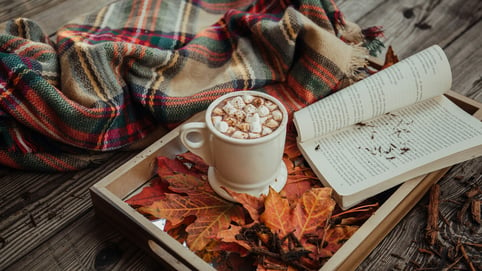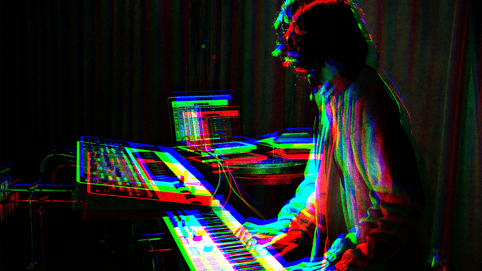As long as there has been music and original composition, there has also been the art of the cover song. From the earliest days of music with artists performing the songs created by others in their communities, to modern takes on classic ballads, cover songs are an important part of music—and yes, even music in video and other mediums.
Yet, for every cover song that you hear in a movie or see on a TikTok, there can be quite a bit of confusion regarding how cover song licensing works for various media purposes. To help explain how cover songs can be properly used for your videos and marketing campaigns, let’s go over how Soundstripe simplifies the music licensing process for both original tracks and cover songs.
The copyrights behind every song
As part of understanding how to properly license cover songs, or license the right to cover a song yourself in any form of media, let’s go over the basic music rights behind all songs.
The first part of any song’s copyright is the composition. The compositional rights for a song cover both melody and lyrics and are typically owned by songwriters and publishers. Even if you’re creating your own recording of a song (aka a cover), you’ll need to secure a proper song cover license, or you’ll be liable to face the consequences of copyright infringement.
After compositional music rights, there are master recording rights. Master recording copyrights cover the specific recording of a song. These are also usually owned by the performer or the record label and are needed when using someone else’s performance.
Here’s what you need to legally use a cover song
To put this altogether, if you’re looking to use an artist’s cover of a different artist’s song, you’ll need the composition copyrights, typically the original writer and/or composer, and the master recording copyrights, which go to the specific recording of the song, often owned by the label.
What many brands, advertisers, or even content creators get wrong is that they often view cover songs as a type of loophole in the copyright process; as long as they’re not using the original recording, they’ll be fine to use a cover without permission of the original copyright holders.
Even if you’re recording a cover of a song yourself, you’ll quickly learn that copyright laws and regulations on different social media platforms still apply. To cover a song legally, you’ll need proper cover song clearance, otherwise, you could quickly find yourself in trouble with copyright infringement lawsuits.
Soundstripe’s traditional sync solution
If all of this sounds pretty scary so far, don’t fret. We here at Soundstripe have you covered. With Soundstripe licensing, you get “one-stop” rights which cover both composition and master pre-cleared copyrights.
This is how Soundstripe manages its traditional sync options, which are available to brands, companies, agencies, institutions, and individual creators, allowing them to use cover songs in their content and campaigns without the worry of legal uncertainty or rights-chasing lawsuits.
Could you use public domain cover songs?
A common question many brands and creators ask when looking to find music for their projects is whether they can legally use public domain songs in their videos for free. While there are songs in the public domain, it’s important to note that while many songs might have their compositional rights in the public domain, the actual performances often aren’t. So while the compositional rights of Jingle Bells are in the public domain, Frank Sinatra's performance of it is not.
Here’s a helpful article on why you need a music license for public domain songs, and how you can learn more about the differences between royalty-free music and public domain music.
DIY cover songs vs. royalty-free cover songs
Another popular misconception about music licensing, particularly with cover songs, is the notion that self-created music is exempt. This is true if you are writing and recording original music that you own.
However, in many cases, creators covering popular songs have not secured the proper licensing rights. This leaves them open to the same copyright repercussions mentioned above. You are better off working with an experienced music licensing authority, like Soundstripe.
How to use covers from Soundstripe
Not to bury the lede here too far down, but your ultimate answer to the question of how to license cover songs for your projects, videos, and other purposes is to work with Soundstripe to create custom covers. This way, you don't have to guess if the cover you're using is legally sound.
Chances are, you’ve actually heard a Soundstripe cover song out in the wild. Using Soundtripe's custom option, Netflix featured an all-strings cover of Nick Jonas' Jealous in Bridgerton.
To find out more about how to license cover songs through Soundstripe and other copyright licensing concerns, here are some additional articles from the Soundstripe blog.
- The Details Everyone Should Know About Music Copyright
- The Differences Between Public Domain Video Vs Stock Video
- Navigating Music Licensing Costs with Clients: A Guide for Creatives
- Everything You Need to Know About Non Copyright Music
- What is Royalty Free Music? And can I use Royalty Free Music for Commercial use?





